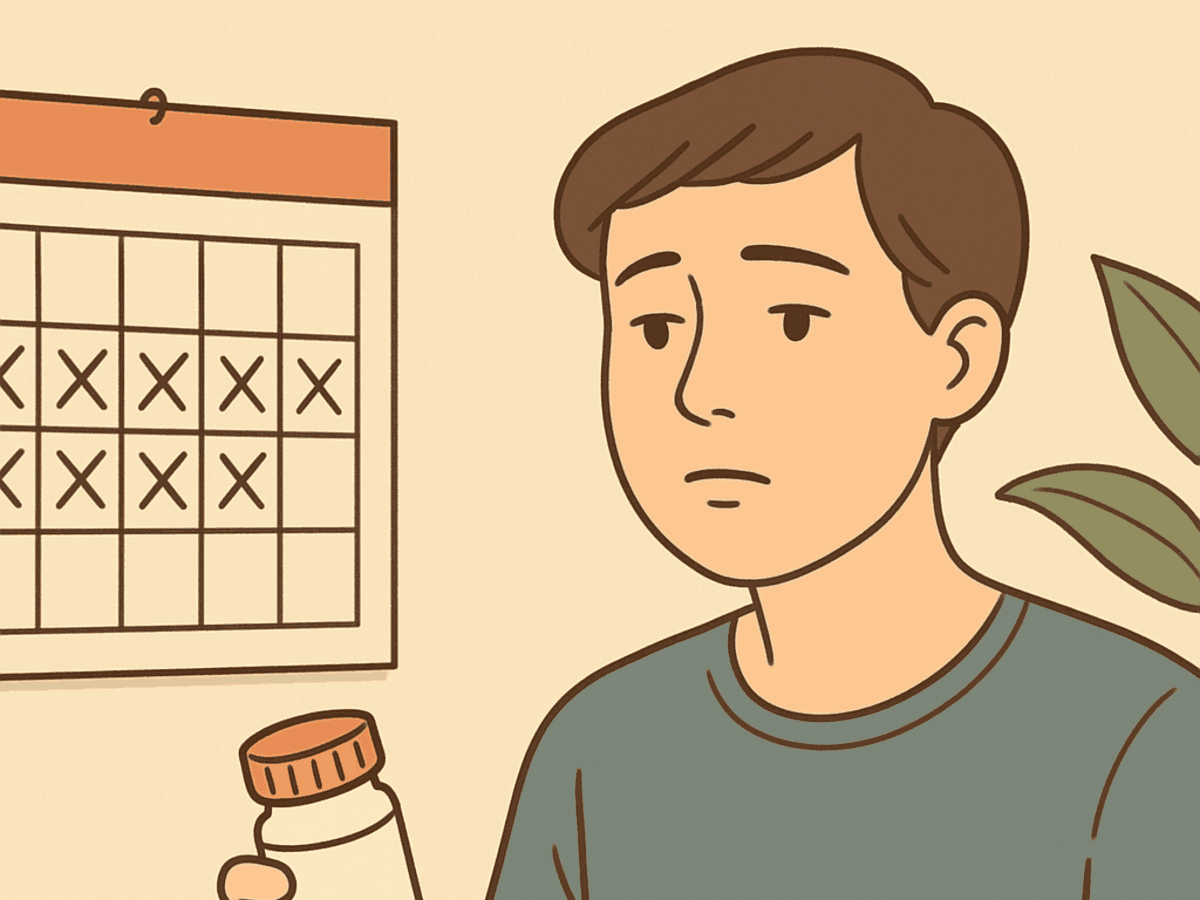If you’re starting TMS therapy for depression, it’s completely normal to wonder how long it will take before you start to feel better. At Clear Path Psychiatry, we’ve treated many patients in Seattle with TMS, and we understand how important it is to set realistic expectations while offering hope.
Early TMS Experiences at Clear Path
I started treating patients with TMS back in 2015 using the original BrainsWay H1 coil.
It was exciting to see people improve—especially without the side effects that often come with daily antidepressant medications.
Why Traditional TMS Takes Time
One of the biggest challenges with conventional, once-daily TMS treatment is that it works gradually. Most people don’t feel immediate relief.
What the Research Shows
While some notice improvement earlier, it’s common to reach the end of four weeks and still feel little to no change.
This doesn’t mean the treatment isn’t working.
Research shows that 72.7% of people who don’t respond during the first four weeks (often called “acute phase non-responders”) go on to experience significant improvement during the continuation phase, when TMS is reduced to twice per week. This is why most standard TMS depression protocols involve 44 total sessions: once-daily TMS for four weeks, followed by twice-weekly sessions for twelve more weeks.
The Push for Faster Relief
Still, waiting three to four months for full symptom relief can feel like a long time—especially if you’re in crisis.
In recent years, psychiatry has begun to view major depression as a brain emergency—something that deserves fast, effective treatment options.
This is driving interest in accelerated TMS protocols, which aim to deliver results much faster than traditional schedules.
Ready to explore TMS therapy?
Schedule a consultation with Clear Path Psychiatry to learn whether standard or accelerated TMS may be right for you.













